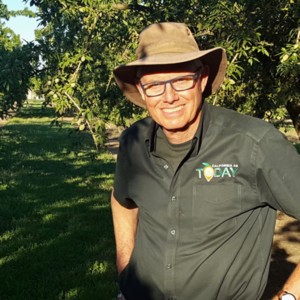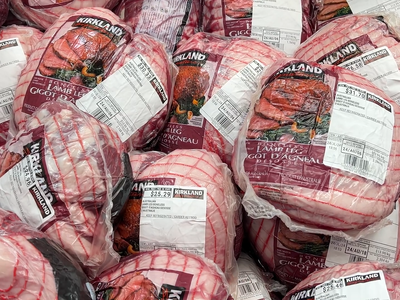Off-Ground Almond Harvesting Could Help Reduce Navel Orangeworm Damage
There's research being done to help the almond industry to transition to off ground harvesting, meaning the nuts will not touch the ground. It will require a complete changeover of harvesting equipment and drying down the almonds in a plant prior to hulling and shelling.Dust abatement is the main reason for thinking about off-ground harvesting as the nuts would not have to be picked up from the ground, which creates a lot of dust.
Patrick Brown is a professor of plant scientist in and department of plant scientist at UC Davis. He said off ground almond harvesting has added benefits.
“There are many different reasons to think about off-ground almond harvesting. Of course, the driver is the dust, which is difficult to get into compliance with the Air Resources Board. Although with traditional methods, growers are doing a very good job,” noted Brown
Brown also sees a big benefit regarding Navel Orangeworm pest management
“It’s been long known that if you pull those nuts off a week before traditional full whole split, you will mitigate your navel orange worm 40-50%,” said Brown. “And that’s a big cost savings for growers. Not only for the control that you won't need to do, but theoretically if you get the regulation of navel orangeworm strong enough, you won't need to clean mummies out of the tree, which is one of the very biggest costs for growers.
Brown said, with off-ground harvesting may also manage the soil better---even put more organic matter into it. “We've got to maintain this desert-like bare orchard and we've got to dry the orchard down to facilitate the harvest. And those two things compromise both the soil and the tree,” he said.

















